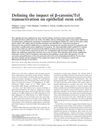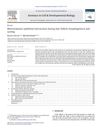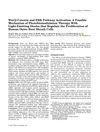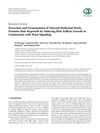Mechanisms of Submucosal Gland Morphogenesis in the Airway
December 2002
in “
Novartis Foundation Symposium
”
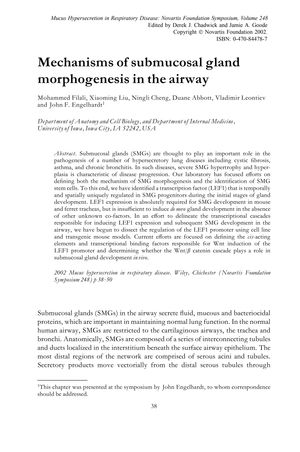
TLDR LEF1 is essential for the development of airway glands and is regulated by the Wnt/ß-catenin pathway.
The document from 2002 explores the role of the transcription factor LEF1 in the development of submucosal glands (SMGs) in the airway, which are important in lung diseases like cystic fibrosis, asthma, and chronic bronchitis. The study identifies LEF1 as crucial for SMG development in mouse and ferret tracheas and finds that it is regulated by the Wnt/ß-catenin signaling pathway. While LEF1 is necessary for gland development, it requires additional co-factors. The research includes both in vitro and in vivo studies, with the latter using transgenic mice to confirm findings. The study also notes that LEF1 is involved in other developmental processes and that its knockout in mice affects other organs, such as hair follicles. The isolated LEF1 promoter segment is capable of reconstituting the native pattern of LEF1 gene regulation, which is significant for studying SMG biology and could have therapeutic implications for glandular diseases. The document underscores the need for further research to fully understand gland neogenesis and hyperplasia, as the precise genes regulated by LEF1 are not well known. The research was supported by the National Institutes of Health grant RO1 DK47967.

